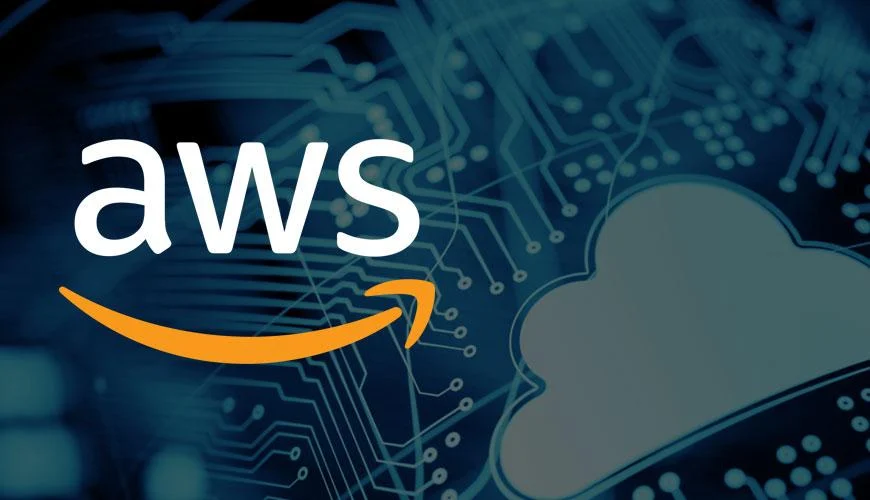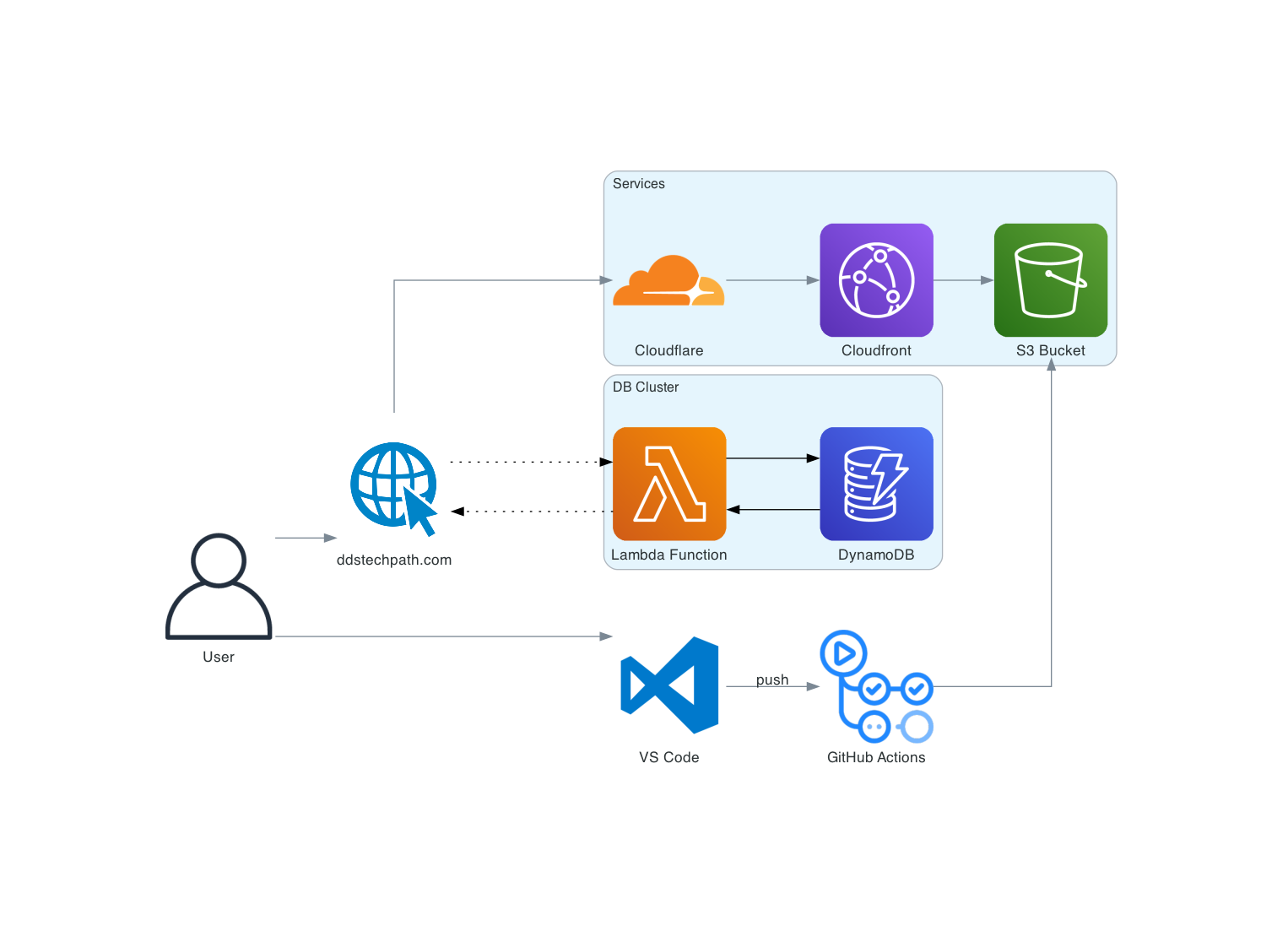My Journey with the AWS Cloud Resume Challenge
 Dylan Dominguez
Dylan Dominguez
I'm excited to share how the Cloud Resume Challenge helped me enhance my skills in AWS and cloud technologies, pushing me to apply what I already knew from Azure to a new platform—making it a valuable experience for any cloud engineering role.
Why AWS?
As a Cloud Engineer Intern at the New York City Office of Technology & Innovation (NYC OTI), I’ve had the privilege of working extensively with Azure, Microsoft's cloud platform. I’ve become comfortable architecting and automating cloud solutions on Azure, but I realized that broadening my knowledge to include other cloud platforms would be crucial for my career growth. That's when a mentor of mine, an engineer at Netflix, introduced me to the Cloud Resume Challenge.
My mentor credited this challenge not only for helping him deepen his cloud knowledge but also for landing his job at Netflix! That recommendation stuck with me, and I knew this challenge could be a game-changer for me as well. It took me a couple of months after learning about it to get started, mostly because I was worried that picking up AWS would be tough. However, I quickly learned that many of my skills from Azure transferred over quite easily to AWS, making the learning process smoother than expected.
The Challenge
The Cloud Resume Challenge is designed to test your skills in cloud engineering, web development, and CI/CD. The goal is to build a resume website with a visitor counter, all hosted and managed using AWS services. Here’s a breakdown of how I approached it.
Phase 1: Building the Resume Website (HTML & CSS)
Building the website was straightforward. Using HTML and CSS, I created a simple but professional resume website. While web design isn’t my strongest area, I focused on clean and responsive design to highlight my professional experience and projects. Even though I primarily work in cloud engineering, this project allowed me to brush up on my frontend skills.

Phase 2: Hosting on AWS S3 with CloudFront and HTTPS
This was my first time hosting a website on AWS S3, but thanks to the documentation and my prior experience with Azure, it didn’t take long to figure it out. I used AWS CloudFront for content delivery, ensuring fast load times and secure access to the website with HTTPS, thanks to AWS Certificate Manager. I also used Cloudflare for DNS services and domain management.
Phase 3: Implementing the Visit Counter (API Gateway, Lambda, DynamoDB)
This phase was the most challenging for me. I had to develop a serverless API using AWS Lambda and store the visit count in DynamoDB. It was my first time working with DynamoDB, but I quickly got the hang of it. The Lambda function, written in Python, updates the visitor count in the database, and I connected the API to the frontend using API Gateway. Once I saw the visitor count increment with each page load, I felt a huge sense of accomplishment.
Phase 4: Continuous Integration/Continuous Deployment (CI/CD)
Using GitHub Actions, I set up a CI/CD pipeline to automate the deployment of my site. Any changes to my code are automatically pushed from my local development environment to the live site hosted on AWS S3. Having used similar workflows on Azure, I was able to implement this with relative ease.
Takeaways
Cross-Platform Skills Transfer: My prior knowledge of Azure definitely helped accelerate my learning process on AWS. Concepts like virtual machines, storage solutions, and serverless architectures are universal, and I found that my understanding of cloud fundamentals applied well to AWS.
AWS Ecosystem: While I initially thought learning AWS would be difficult, I found the platform intuitive and the documentation extremely helpful. It gave me a strong foundation for exploring other services in the future.
Importance of Automation: Setting up CI/CD pipelines was one of the most rewarding parts of the challenge. It reinforced how crucial automation is in cloud engineering, where manual processes can slow down productivity.
Continuous Learning: While I haven’t completed every task in the Cloud Resume Challenge, this project is ongoing, and I look forward to fully automating the infrastructure using Infrastructure as Code (IaC) and getting deeper into services like AWS CloudFormation and AWS CodePipeline.
A Message to Aspiring Cloud Engineers
If you’re looking to deepen your knowledge of cloud technologies or take your career to the next level, I highly recommend the Cloud Resume Challenge. It’s a hands-on way to learn AWS, gain confidence in building cloud-hosted applications, and enhance your understanding of CI/CD workflows. Whether you come from an Azure background like me or you’re entirely new to cloud computing, this challenge will push you to learn, adapt, and grow.
Next Steps
In the future, I plan to add more features to my resume site and continue expanding my AWS knowledge. I also hope to take on more advanced AWS certifications and explore other areas like serverless architecture and data engineering.
Check out my resume website at ddstechpath.com and let me know if you have any questions or thoughts!
Thanks for reading! I hope this inspires you to take on the Cloud Resume Challenge and advance your career in cloud engineering.
Subscribe to my newsletter
Read articles from Dylan Dominguez directly inside your inbox. Subscribe to the newsletter, and don't miss out.
Written by
